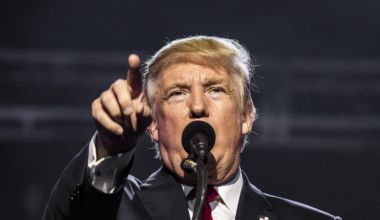The clean energy conversation is no longer about carbon reduction. Executives from utilities, oil majors, and clean tech firms all point to a fundamental shift underway — one that’s forcing investors to recalibrate long-held assumptions about where the returns will come from in the energy sector.
The grid can’t keep up with AI
At this year’s Reuters Energy Transition conference, the spotlight shifted — away from solar and hydrogen — to the surging energy demands of data centers.
“The computing capacity growth is enormous,” said Janka O’Brien, group head of sustainability at 2pointZero, a United Arab Emirates investment platform.
“We’re talking about 45 kilowatts per facility by 2030. The transmission capacity needed for renewables is three to four times higher than for conventional sources.”
As AI continues to drive massive increases in energy consumption, especially in North America, the stress on existing grid infrastructure is creating new investment priorities: not just clean generation, but grid visibility, two-way flow capabilities, and transmission upgrades.
For investors watching the green hydrogen sector, efficiency is becoming a key differentiator.
“Seventy percent of your price for a green molecule is based on the price of power,” said Kim Hedegaard, CEO of Power-to-X at Topsoe, a Danish clean energy technology company.
“If your technology is 30% more efficient, that means 30% less electricity, 30% fewer wind farms, and 30% less grid. That has a huge ripple effect.”
Efficiency is the new frontier
Topsoe’s investment in high-efficiency green fuels reflects a broader trend: funding is moving away from hype-driven startups and toward engineered solutions grounded in hard science, proven performance and the ability to scale in challenging market conditions.
Carlos Alberto Rechelo Neto, CEO of Petrobras America, Brazil’s state-owned energy giant, shared the company’s headline-grabbing achievement: running a refinery on bio-oil.
“We’re ready to bring green products,” he said, “but it takes time—there’s no way to do this in a rush.”
With over $16 billion invested in its energy transition strategy, Petrobras is betting on renewable fuels and refinery retrofits, not abandoning its core operations but slowly reengineering them.
For investors in emerging markets, the takeaway was clear: transitions in the Global South will be slower than in North America — but potentially more stable in the long run.
Investors want policy, not just tech
International investors voiced concerns that capital alone won’t accelerate the transition fast enough. VCs need regulatory certainty, said Janka O’Brien of 2pointZero.
“We need supply chain localization, ecosystem building, and accelerators that solve for regulation, not just R&D,” O’Brien said.
She highlighted the company’s work in Zambia and Egypt, where initiatives combine renewable energy deployment with microfinance programs and investments in healthcare infrastructure to drive broader impact.
More investors are now prioritizing strategies that deliver not only financial returns, but also policy alignment and social value.
With AI fueling a spike in energy demand, geopolitical tensions on the rise, and aging infrastructure showing signs of strain, the energy conversation is shifting. Clean power is no longer the priority — investors and operators are now focused on building systems that are stable, scalable, and resilient enough to meet a far more complex set of challenges.








